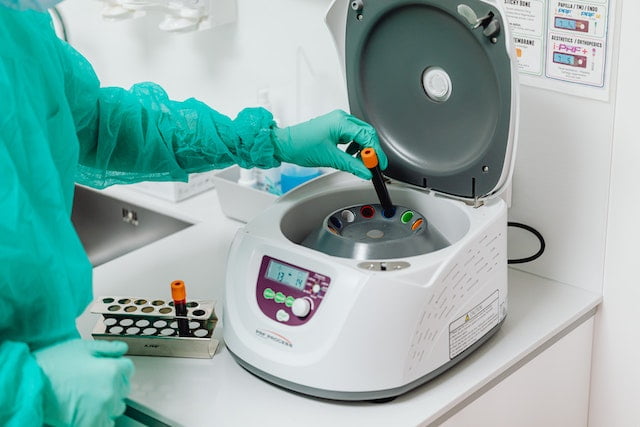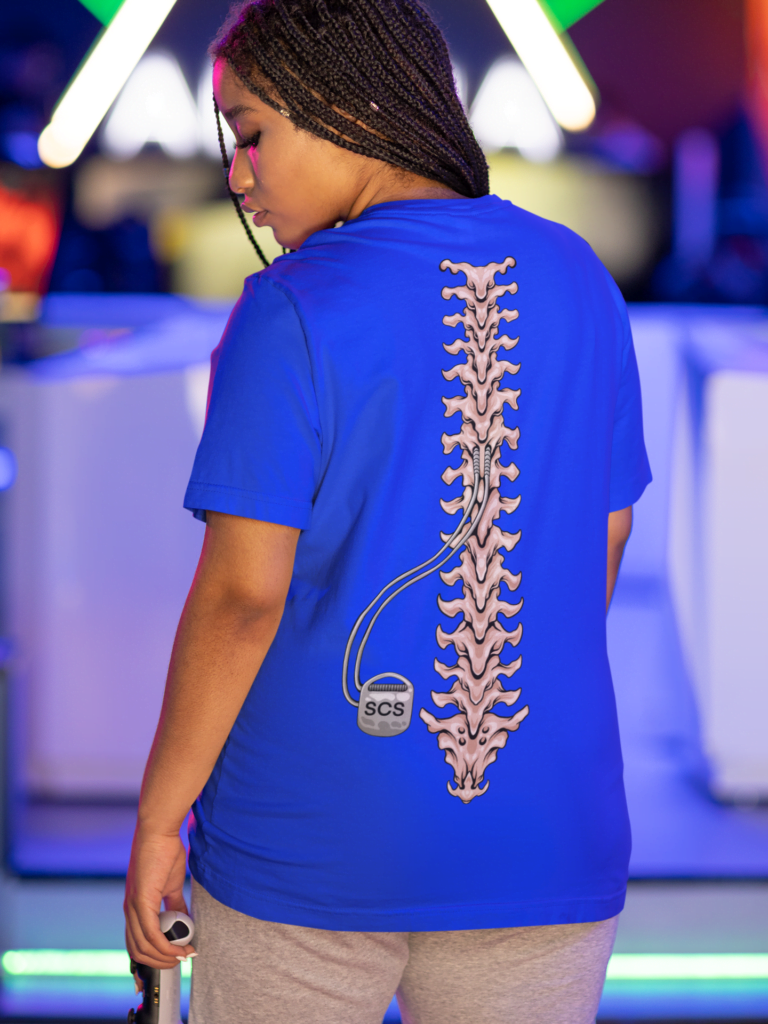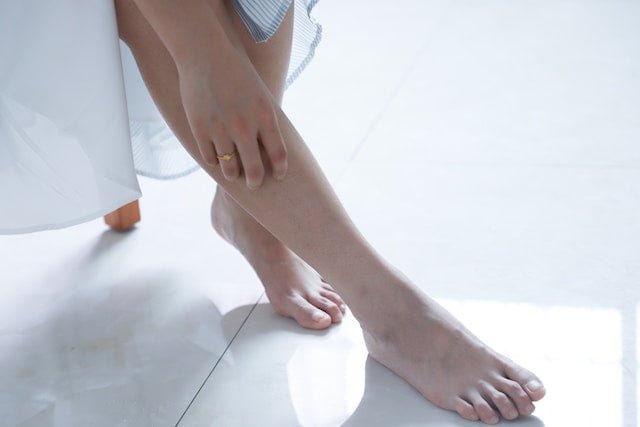Platelet-Rich Plasma Therapy for Joint Pain: A Comprehensive Guide
At our clinic, we offer platelet-rich plasma (PRP) therapy for patients who suffer from joint pain. This therapy is a cutting-edge treatment that has shown promising results in the reduction of joint pain and improvement of joint function. In this article, we will explore the science behind PRP therapy, how it works, and its effectiveness in treating joint pain.
What is Platelet-Rich Plasma (PRP)?
Platelet-rich plasma (PRP) is a component of your own blood that contains a high concentration of platelets. Platelets are a type of blood cell that play a key role in blood clotting and wound healing. They also contain growth factors, which are proteins that help to stimulate tissue growth and repair.
PRP is created by taking a small sample of your own blood and placing it in a centrifuge, which separates the platelets from the other components of the blood. The resulting concentrated platelets, suspended in a small amount of plasma, can then be injected directly into the affected joint.
How Does PRP Therapy Work?
PRP therapy works by harnessing the natural healing properties of your own blood. When injected into the affected joint, the concentrated platelets release growth factors that promote tissue repair and regeneration. This helps to reduce inflammation and pain, as well as improve joint function.
In addition to its healing properties, PRP therapy is also believed to have an anti-inflammatory effect. This is because the platelets contain a high concentration of anti-inflammatory proteins, which can help to reduce swelling and inflammation in the joint.
Is PRP Therapy Effective for Joint Pain?
The effectiveness of PRP therapy for joint pain has been studied extensively, and the results have been promising. In a recent meta-analysis of 29 studies, PRP therapy was found to be an effective treatment for knee osteoarthritis, with statistically significant improvements in pain, function, and quality of life.
PRP therapy has also been found to be effective in the treatment of other joint conditions, including hip osteoarthritis, rotator cuff tears, and tennis elbow.
While the exact mechanism of action of PRP therapy is not yet fully understood, it is believed to work by stimulating the body’s natural healing processes. This makes it a safe and effective alternative to more invasive treatments, such as surgery or steroid injections.
Final Thoughts on PRP
At our clinic, we believe that platelet-rich plasma therapy is a safe and effective treatment option for patients who suffer from joint pain. By harnessing the natural healing properties of your own blood, PRP therapy can help to reduce pain and inflammation, as well as improve joint function. If you are suffering from joint pain, we encourage you to consider PRP therapy as a minimally invasive and potentially effective treatment option.







